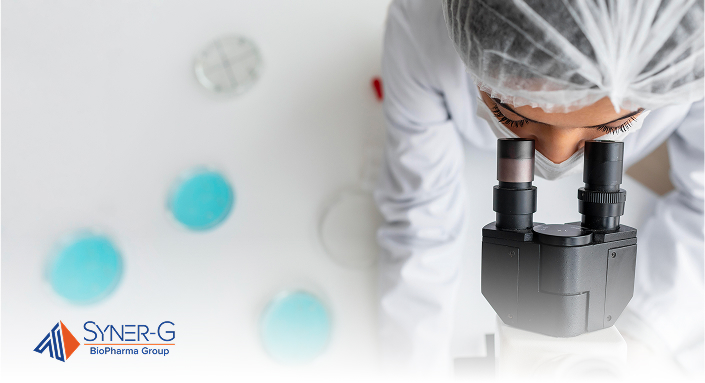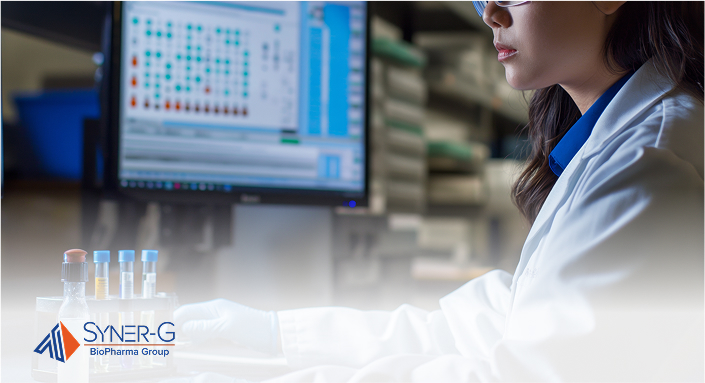The pharmaceutical industry operates under one of the most rigorous and scientifically demanding product development frameworks in existence. With average development timelines spanning 10-15 years and costs exceeding $2.6 billion per approved drug, understanding the pharma product lifecycle is fundamental to successful pharmaceutical product development and regulatory compliance.
The development life cycle of a pharma product encompasses distinct phases that form an integrated system of scientific validation, regulatory oversight, and continuous safety monitoring. Each phase serves specific objectives within the broader product lifecycle management framework, ultimately ensuring that safe and effective drugs reach patients while meeting stringent regulatory requirements.

Discovery and Development
The pharmaceutical product lifecycle initiates with systematic drug discovery processes that identify and validate molecular targets for therapeutic intervention. During this phase, pharmaceutical companies employ advanced computational methods, including artificial intelligence and machine learning algorithms, to analyze molecular compounds and predict drug-target interactions with unprecedented precision.
Modern drug discovery integrates big data analytics with traditional laboratory research to accelerate the identification of promising drug candidates. Researchers utilize high-throughput screening technologies to evaluate thousands of molecular compounds, while computational models predict pharmacokinetic properties and potential adverse reactions before physical synthesis occurs.
The development stage establishes proof-of-concept through rigorous laboratory studies that demonstrate therapeutic potential and initial safety profiles. Drug developers must generate sufficient preclinical data to support regulatory submissions and justify progression to nonclinical laboratory studies.
This phase concludes with comprehensive documentation that forms the scientific foundation for subsequent regulatory filings.
Preclinical Research
Preclinical research represents the critical transition from theoretical drug candidates to investigational compounds suitable for human testing. This phase requires comprehensive nonclinical laboratory studies conducted under Good Laboratory Practice (GLP) standards to evaluate drug safety, pharmacology, and toxicology profiles.
Animal testing protocols provide essential data regarding drug absorption, distribution, metabolism, and elimination in biological systems. These studies identify potential adverse reactions, establish safe starting doses for human trials, and generate critical safety information required by regulatory authorities.
Preclinical testing also evaluates drug interactions with various biological pathways and assesses potential impacts on major organ systems.
The preclinical phase typically spans 3-6 years and generates the comprehensive safety database required for Investigational New Drug Application (IND) submissions. Quality assurance protocols established during this phase ensure consistent manufacturing standards and regulatory compliance throughout the entire product lifecycle.

Clinical Research
Clinical research constitutes the definitive evaluation of drug safety and efficacy in human subjects, progressing through three carefully structured phases that build upon previous findings while expanding patient populations and study objectives.
- Phase I Studies: These initial human trials enroll 20-80 participants to establish maximum tolerated doses and evaluate safety profiles. Researchers conduct intensive monitoring for adverse reactions while determining optimal dosing regimens and administration schedules.
- Phase II Studies: Involving 100-300 participants, these studies focus on efficacy evaluation while continuing safety monitoring. Multiple Phase II studies may evaluate different dosing strategies, treatment durations, and patient populations to optimize therapeutic outcomes.
- Phase III Studies: Large-scale trials enrolling 1,000-3,000 participants provide definitive evidence of therapeutic efficacy compared to existing treatments. These studies generate the primary efficacy and safety data required for regulatory approval.
Clinical trials must adhere to Good Clinical Practice (GCP) standards and maintain rigorous regulatory compliance throughout all phases. Pharmaceutical companies may pursue expedited regulatory pathways, including fast-track designation and breakthrough therapy status, for drugs addressing unmet medical needs or demonstrating superior therapeutic profiles.
FDA Review
The FDA review process represents the comprehensive regulatory evaluation of all data generated throughout the drug development process. This phase begins with the submission of a New Drug Application (NDA) or Biologics License Application (BLA), depending on the product classification.
Regulatory submissions encompass thousands of pages of documentation, including manufacturing information, clinical trial data, proposed labeling, and risk management strategies. FDA reviewers conduct systematic evaluations of study designs, statistical analyses, and clinical outcomes to determine whether the drug product meets safety and efficacy standards for market approval.
The standard FDA review timeline allows 12 months for complete evaluation, though priority review reduces this timeframe to 6 months for drugs addressing significant unmet medical needs. The drug approval process concludes with either approval, a Complete Response Letter requesting additional information, or application denial.
Approved drugs may include specific labeling requirements and Risk Evaluation and Mitigation Strategies (REMS) to ensure appropriate clinical use.
Post-Market Safety Monitoring
Post-market safety monitoring establishes comprehensive surveillance systems that track drug performance throughout the entire product lifecycle. This phase begins immediately upon FDA approval and continues for the duration of market availability, ensuring ongoing assessment of drug safety and effectiveness in real-world clinical settings.
Active surveillance systems monitor adverse reactions and safety signals across diverse patient populations, often revealing side effects not detected during clinical trials. Pharmaceutical companies must maintain robust pharmacovigilance programs that report serious adverse events to regulatory authorities within specified timeframes and conduct periodic safety updates analyzing accumulating safety data.
Supply chain management becomes increasingly complex during commercialization as pharmaceutical companies scale manufacturing operations while maintaining consistent product quality. Quality assurance systems must ensure regulatory compliance with current Good Manufacturing Practices (cGMP) while managing global distribution networks and maintaining product integrity throughout the supply chain.

Critical Knowledge Gaps in Pharmaceutical Development
Despite significant scientific advances, substantial knowledge gaps continue to challenge pharmaceutical companies and impact drug development success rates. These gaps represent areas where current scientific understanding remains insufficient to predict drug behavior accurately or optimize development strategies.
Translational Research Challenges
The most significant challenge involves translating preclinical research findings to human clinical outcomes. Many molecular compounds demonstrating therapeutic potential in laboratory studies fail to achieve meaningful clinical efficacy in human trials, highlighting fundamental gaps in disease modeling and drug-target interaction prediction.
This translation gap contributes to high attrition rates during late-stage clinical development, where pharmaceutical companies have invested substantial resources.
Patient Variability and Personalized Medicine
Individual patient variability represents another critical knowledge gap affecting drug development and clinical outcomes. Genetic polymorphisms, comorbid conditions, and drug interactions create complex scenarios that standard clinical trials cannot fully capture.
These variations impact drug metabolism, efficacy, and adverse reaction profiles, requiring pharmaceutical companies to develop more sophisticated approaches to patient stratification and personalized medicine.
Long-Term Safety Prediction
Long-term safety profiles remain challenging to predict based on limited clinical trial data. Post-market monitoring helps identify delayed adverse reactions, but these safety signals may take years to emerge through conventional surveillance systems.
Advanced analytics and machine learning technologies offer promising approaches to address these knowledge gaps by identifying patterns in large datasets that traditional analytical methods might miss.
Advancing Pharmaceutical Excellence
The pharma product lifecycle represents a sophisticated scientific and regulatory framework designed to ensure that new medicines meet the highest standards of safety and efficacy. Success in pharmaceutical development requires a comprehensive understanding of each lifecycle phase while maintaining strategic focus on regulatory compliance, quality assurance, and patient safety.
Modern pharmaceutical companies increasingly leverage artificial intelligence, machine learning, and big data analytics to optimize drug development processes and improve success rates. However, the fundamental scientific principles underlying drug development remain constant, requiring rigorous experimental design, statistical analysis, and regulatory oversight throughout the entire product lifecycle.
The pharmaceutical industry’s continued evolution toward more efficient development processes, personalized medicine approaches, and advanced manufacturing technologies will shape the future of drug development. Companies that master the complexities of product lifecycle management while addressing critical knowledge gaps will be best positioned to develop breakthrough therapies that transform patient care and advance human health.

